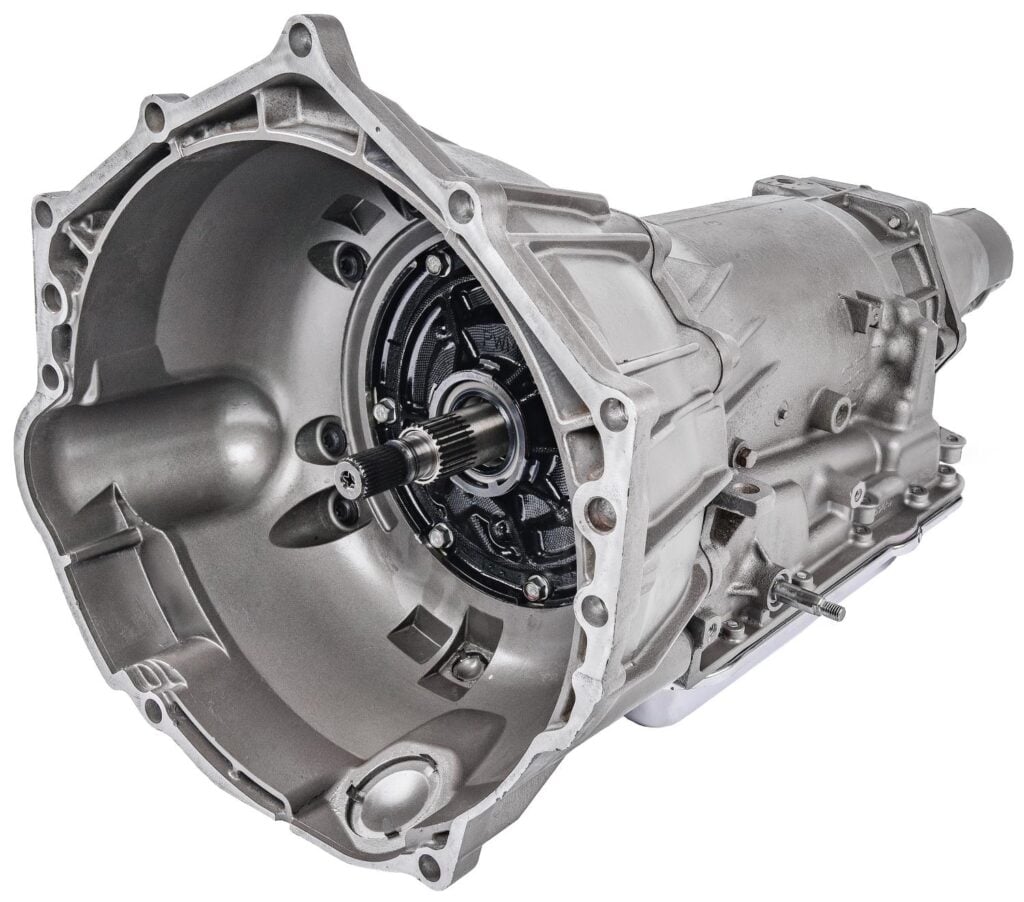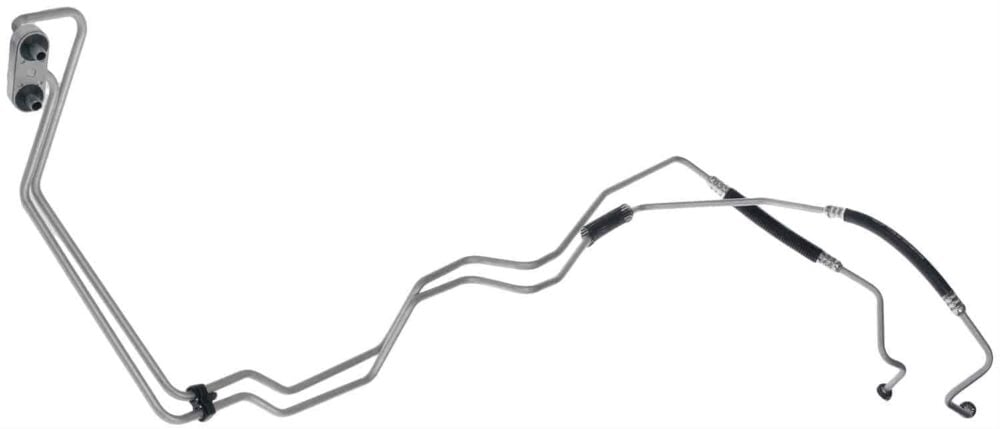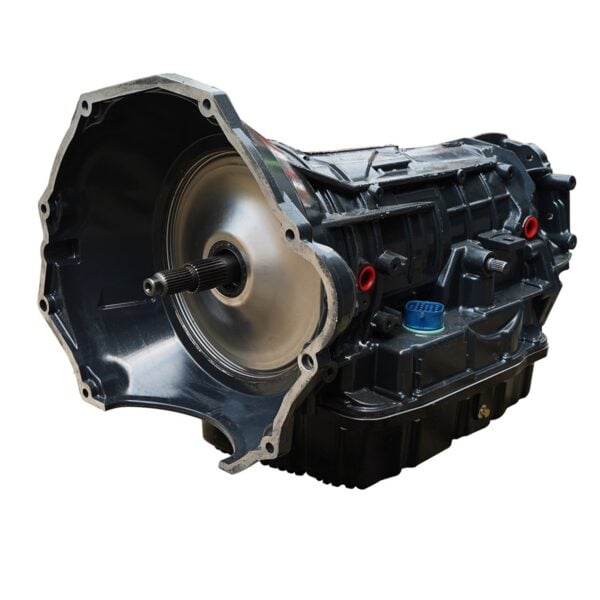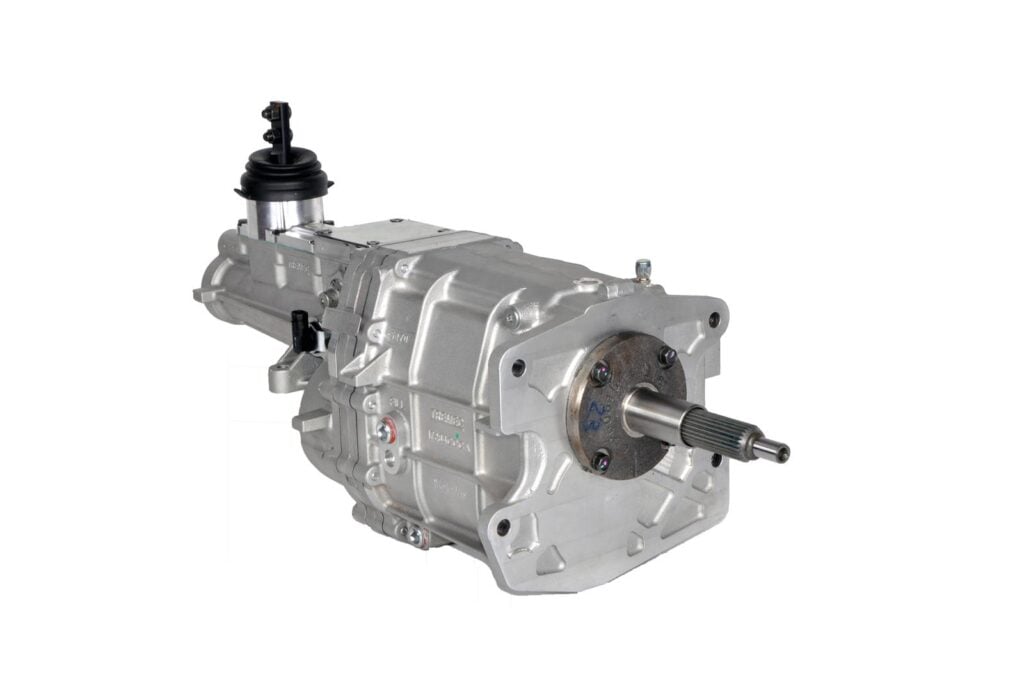
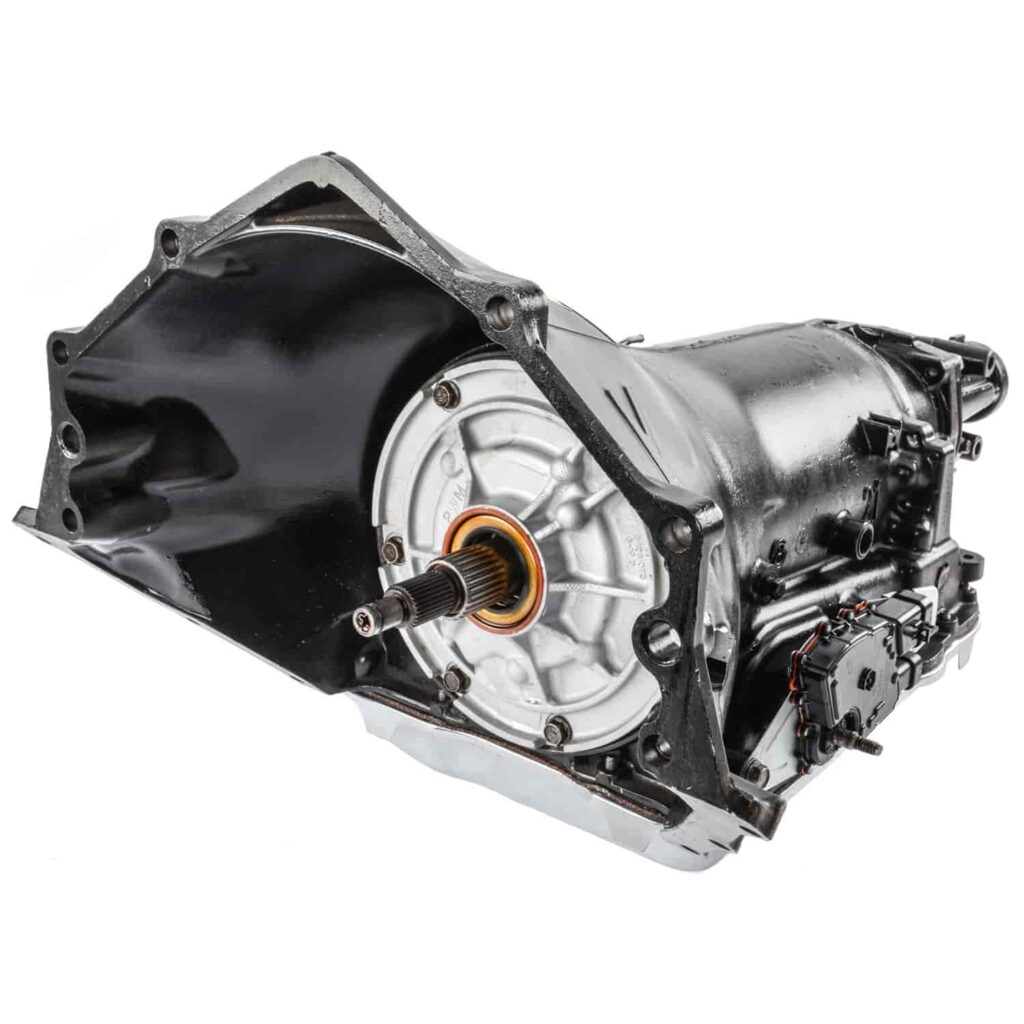
In your daily-driven or race vehicle, in order to move, the transmission has to connect power from the engine to the wheels. In most applications, an automatic transmission is the choice of manufacturers and drivers to accomplish this. Though not used as much on newer vehicles, manual transmissions still hold a place in classics, street rods, muscle cars, and vehicles in which drivers want more of a connection with. But how do transmissions work and how do you use them? Below are answers to those questions and more that will help you understand and choose the best transmission for your vehicle.
How Do Manual Transmissions Work?
Manual transmissions function by input from the driver through a clutch and shifter to engage each gear in order to accelerate or decelerate. This is performed via moving the shifter by hand and the clutch by foot, depending on vehicle speed. When the clutch is disengaged (by depressing the clutch pedal), the vehicle can roll until the brakes are applied and the engine can also remain running. This puts the vehicle in a "neutral" state, which also is accomplished by putting the shifter in in the neutral position. For the vehicle to move from neutral, the clutch is depressed (causing the release bearing to engage the clutch pressure plate spring removing pressure on the clutch disc against the flywheel), the shifter is put in either first or reverse gear. Inside the transmission, a selector fork moves with the shifter, sliding a collar and meshing the corresponding gears to the output shaft. Then, the clutch pedal is slowly released to allow the release bearing to disengage from the pressure plate spring, which then grips the clutch disc, which also grabs the flywheel and engages the transmission. Raising the engine rpms slightly with the throttle pedal may be required to keep the transmission from bogging the engine down and stalling it when releasing the clutch pedal. Once the transmission is in gear and the clutch is engaged (foot off of the clutch pedal), the vehicle can accelerate by depressing the gas pedal. To shift to the next gear while the vehicle is moving, the gas pedal is released and the clutch pedal is depressed simultaneously. The shifter is then put into the next gear and the clutch pedal is released. With the vehicle in the next gear, the gas pedal can be depressed to resume vehicle acceleration. To slow down and stop the vehicle, there are two options. The first is to depress the clutch pedal or depress the clutch pedal and put the shifter in neutral, which allows you to release the clutch pedal. The brakes then need to be applied to slow down and stop the vehicle. The other option is to keep the vehicle in gear and let off the gas pedal, allowing the transmission to slow the vehicle and engine speed down. Depending on the vehicle speed, the transmission can be downshifted in the same process as upshifting while accelerating. When the vehicle is close to completely stopping, the clutch pedal has to be depressed to prevent the transmission from stalling the engine. The brakes can then be applied to bring the vehicle to a complete stop. There are trade-offs to either option for slowing and stopping the vehicle with more wear and tear put on either the brakes or transmission/engine, depending on the preference.
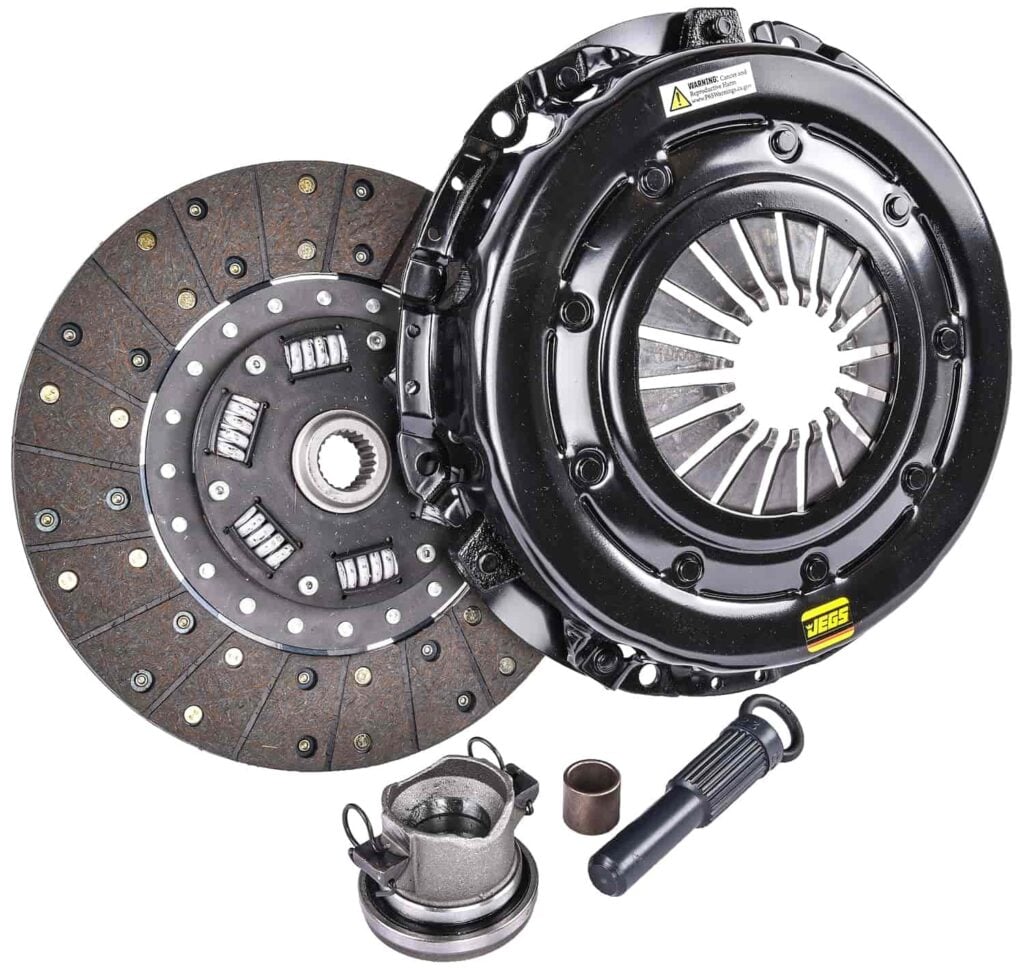
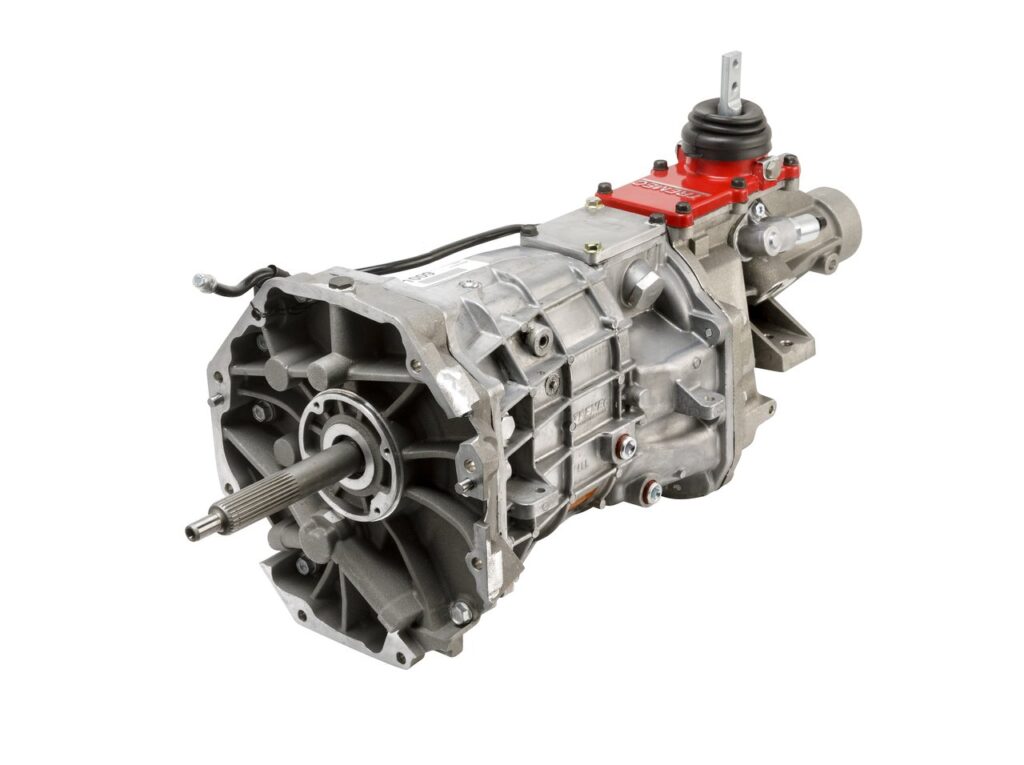
How Do Automatic Transmissions Work?
Compared to manual transmissions, automatic transmissions use hydraulic power to make gear changes and a torque converter instead of a clutch to engage the transmission with the engine. When the transmission is put in "park", all of the gears lock to keep the vehicle from moving forward or backward. With the foot on the brake pedal and the shifter put into drive, all forward gears are ready to use (from two to eight, depending on the transmission). When releasing the brake pedal in gear, the vehicle will begin to slowly creep forward, as the torque converter spins enough to apply engine power to and engage the transmission, but not too much to stall the engine. As more throttle is applied to the engine, the torque converter spins faster, transferring more engine power to the transmission, with less slippage. The fluid pump at the front of the transmission builds pressure, which engages the bands and clutches within the transmission to change gear ratios depending on engine and vehicle speed. Modern transmissions use a computer-controlled system for precise shifting.
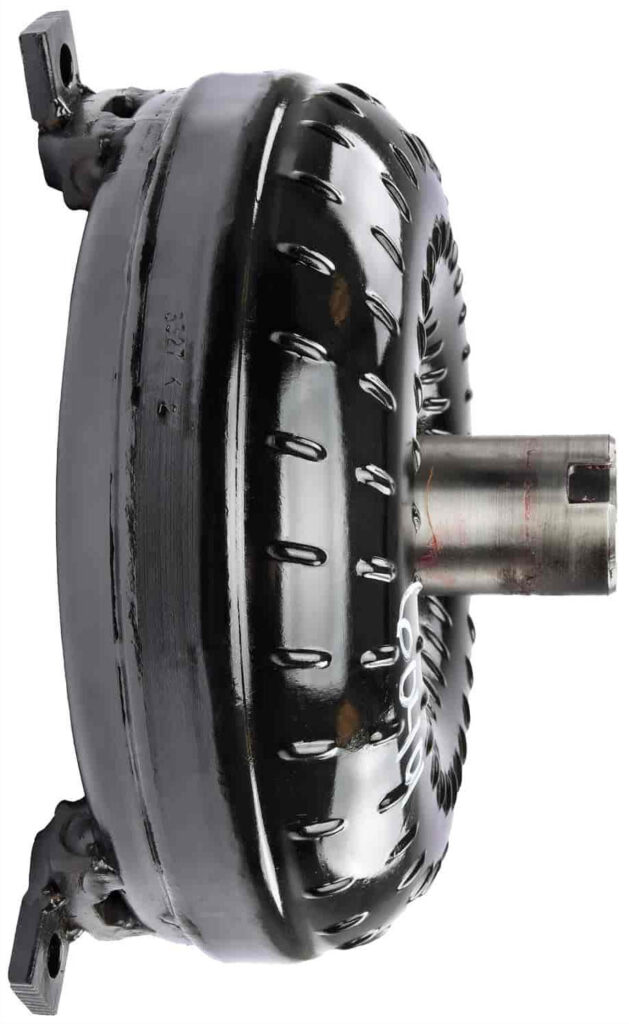
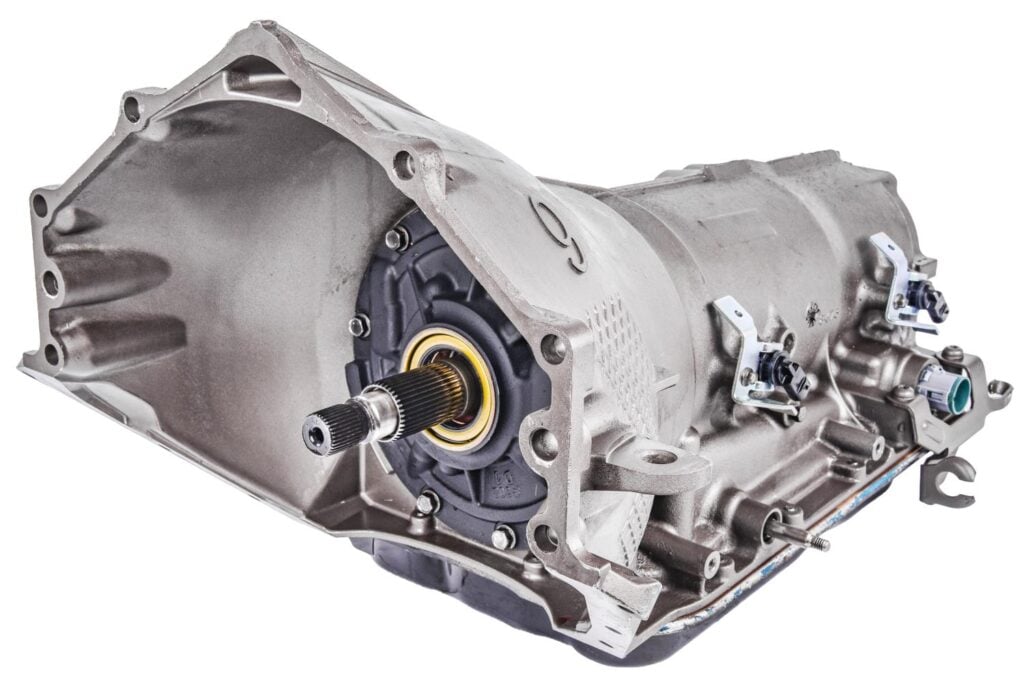
What Are The Best Transmissions?
The best transmission is dependent on many factors, including the vehicle, engine, and the driving conditions. For daily driving, the best automatic transmissions are overdrive units, as they provide improved fuel mileage with reduced engine speed and noise. For drag racing, non-overdrive units are favored as they are lighter and there is no need for overdrive. The best transmission brands for automatics include TCI, ATK, B&M, Coan Racing, JEGS, and others. Brands that carry the best manual transmissions include McLeod, Richmond Gear, Chevrolet Performance, Ford Performance, Speedmaster, and others.
What Is The Best Transmission For Drag Racing?
In most drag racing classes, automatic transmissions are used over manual transmissions. This is due to the consistent E.T. needed to win races that auto transmissions provide over their manual counterparts. As there are different types of auto transmissions, in most applications, the transmission is selected based on the engine make for an easier connection. For the most part, Chevy V8-powered race vehicles use the Powerglide, TH-350, or TH-400 transmission, Mopar vehicles using the 727 / 904 TorqueFlite, and Ford using the C4 or C6 transmission. It is important to either purchase or build a transmission that will be able to handle the horsepower output from the engine you will be using. This will ensure trouble-free use and long life.
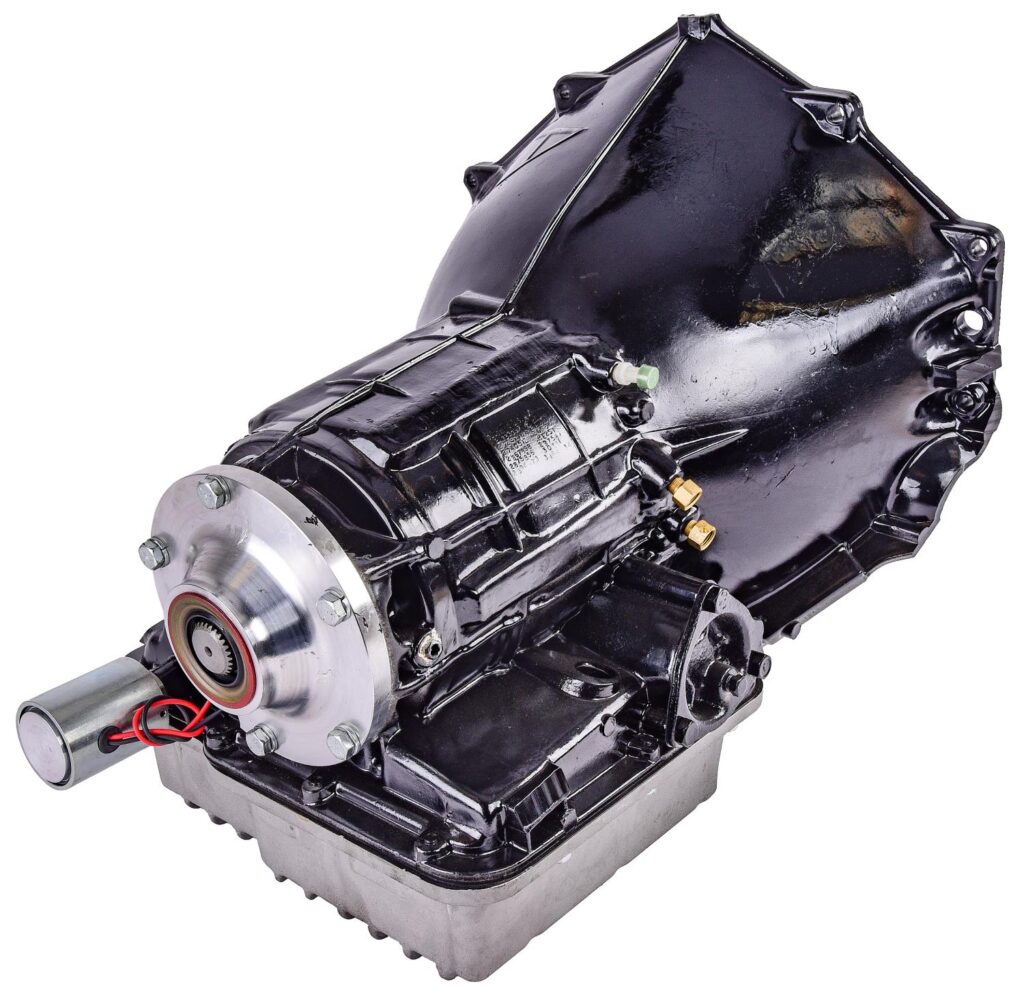
How To Choose The Right Transmission For Your Engine
When deciding which transmission to use for your engine and vehicle, there are several things to take into account. If your vehicle is stock and a daily driver, the easiest path is to choose the same model transmission that the vehicle originally came with. This will minimize replacement time so that your vehicle can get back on the road. For street performance and racecar builds, the first decision is whether you want a manual or automatic transmission. Once this is determined, the list of transmission candidates can be narrowed down. Typically, the transmission chosen is designed to bolt directly to the engine in the vehicle. However, transmission to engine adapters are available to allow custom installations. Further options to decide on with manual or automatic transmissions include the number of forward gears, overdrive gear options, and whether to use a street performance or drag racing transmission (depending on the vehicle's intended use). In all cases, it's important to choose a transmission, clutch / torque converter that is designed to handle the horsepower output from the engine being used.
